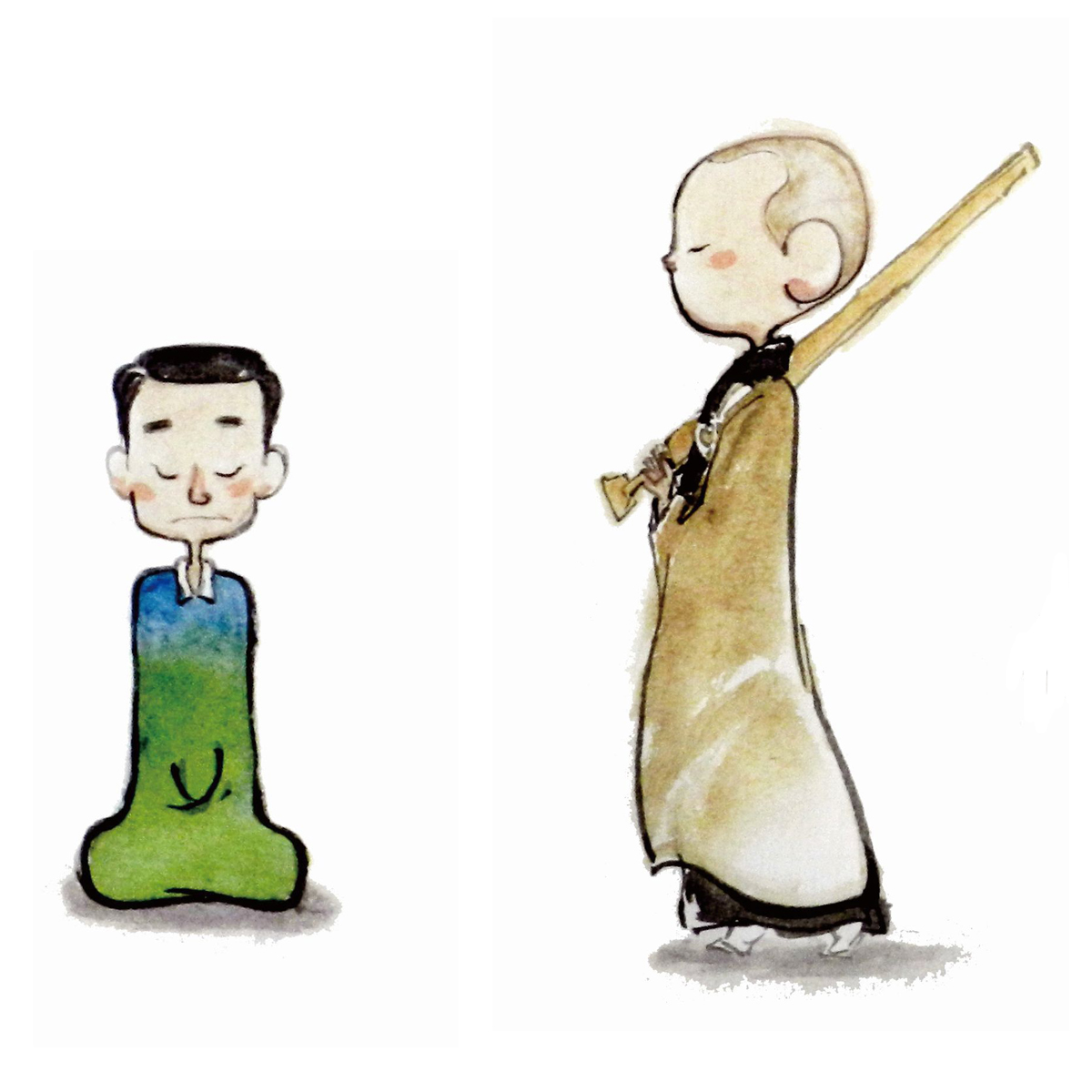Special Topics
Third Impediment: Inability to Relax the Chronically Tense Body
 How do we practice relaxing ourselves? First of all, we can pay more attention to our bodily sensations, making ourselves become more aware of them. We can also observe the effects of our behavior, speech and thoughts on our physical responses. For example, when we raise our voice, talk faster, or harbor wild conjectures, which parts of our body will tense up? Upon detection, we can then focus on releasing them.
How do we practice relaxing ourselves? First of all, we can pay more attention to our bodily sensations, making ourselves become more aware of them. We can also observe the effects of our behavior, speech and thoughts on our physical responses. For example, when we raise our voice, talk faster, or harbor wild conjectures, which parts of our body will tense up? Upon detection, we can then focus on releasing them.When meditating, if our body tenses up habitually, we can consciously relax our tight muscles, feeling them loosening up, or, at the very least, stop all exertions. If we feel that our body is not responding to our conscious relaxation, that indicates that our mind is always in a state of tension—in which case, all attempts to physically relax will be futile. When in this state, just simply experience the sensations in each part of our body, be it loose, tensed, warm or cool etc., without any attempts to relax, so as to diminish our wandering thoughts. When we repeat this process a couple of times, our mind would gradually turn placid, and our body will begin to relax.
Extended Reading:
Practice Chan Without Vexations
First Impediment: How to deal with leg pains, soreness, aches, itchiness, and numbness while meditating?
Second Impediment: Why do I feel drowsiness and leg pain when practicing in the Meditation Hall, even though everything feels fine during my meditation routine at home?
Third Impediment: Inability to Relax the Chronically Tense Body?
Fourth Impediment: Inability to Stop Unending Delusional Thoughts
Fifth Impediment: Meditation Makes Me Very Irritable, and Unable to Settle Down
Resource: Issue 383 of Life Magazine, Dharma Drum Publishing Corporation
Photos: Issue 383 of Life Magazine, Dharma Drum Publishing Corporation
Translation: Bright Su
Editing: Cheng-yu Chang (張振郁), Keith Brown
